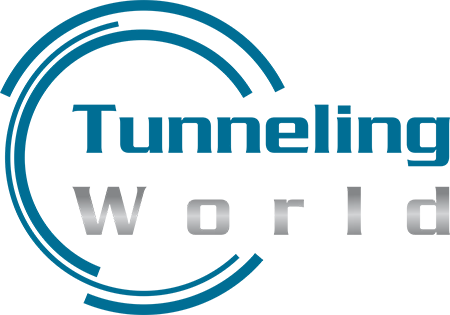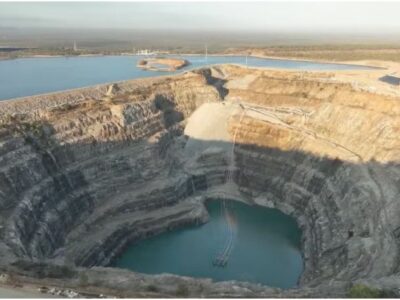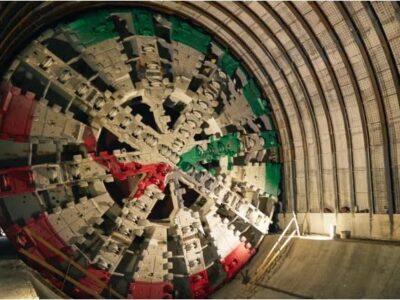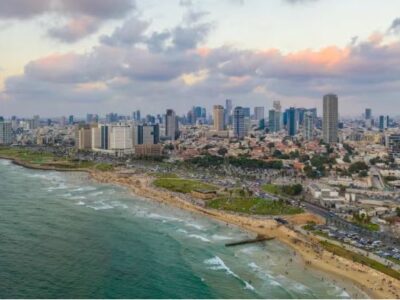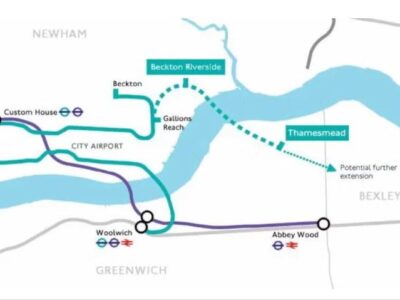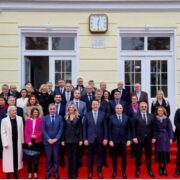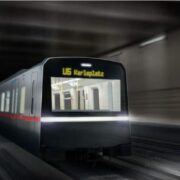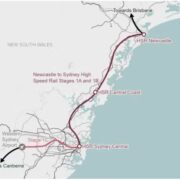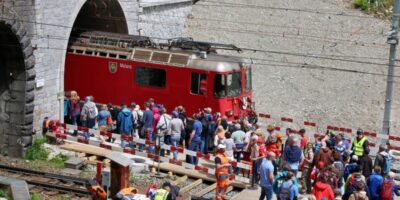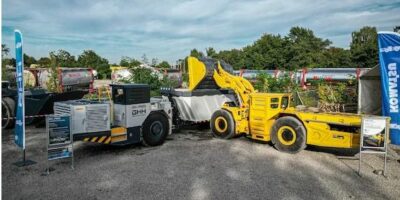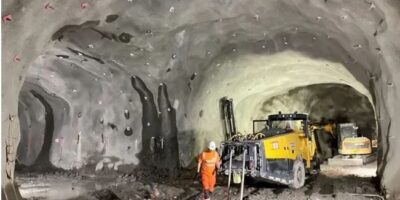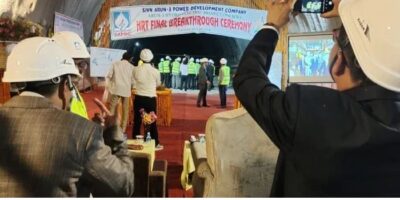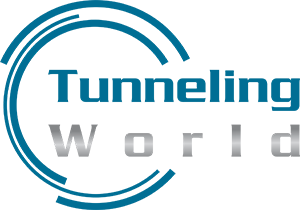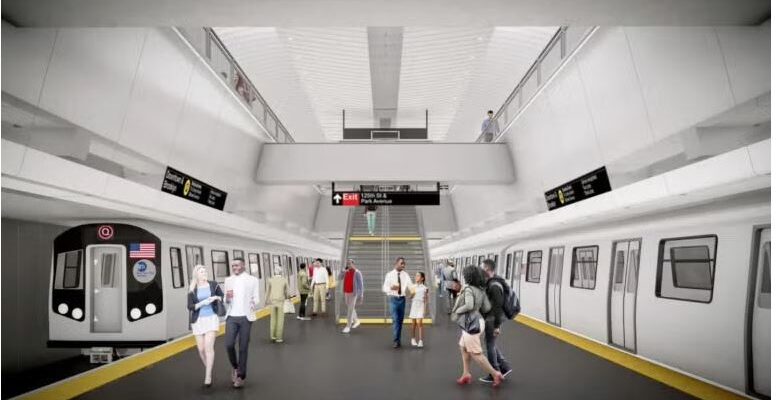
The tunneling contract for Phase 2 of the Second Avenue Subway has been granted to Connect Plus Partners, a Halmar International and FCC Construction joint venture by New York’s Metropolitan Transportation Authority (MTA).
As the largest in MTA’s history, this contract’s value is US$1.972bn and it is the second of four construction contracts for the US$6.99bn project, which is due to expand the Qtrain from 96 Street to 125 Street and deliver new transit access to East Harlem.
Running from 116 Street to 125 Street, this new 2.56km tunnel will lie between 10.6m and 36.5m below Second Avenue. Also digging of the cavern for the future 125 Street Station is up to Connect Plus Partners, and in a cost-containment measure that saves the MTA US$500m, will outfit the tunnel along the route that was built in the 1970s to accommodate the future 116 Street Station.
The scheduled date for commenicng early work is later this year, whereas early 2026 is planned date for heavy civil construction starting and tunnel boring expected to begin in 2027.
In order to advancing the utility relocation work, phase 2’s first construction contract was awarded in January 2024 and relocating underground utilities from 105 Street to 110 Street on Second Avenue at the site of the future 106 Street Station is undergoing by crews.
Involving construction of the underground space for the future station at 106 Street and Second Avenue, the third contract is currently under procurement, while the fourth and final contract is going to cover the fit-out of the three stations, at 106, 116 and 125 Streets, and the systems for train service. This contract is currently in design.
The determined date for inaugurating second Avenue Subway Phase 2 is September 2032.
According to Governor Kathy Hochul: “It’s been a century since the people of East Harlem were promised the new subway they deserve – and we are finally getting it done. East Harlem is one of the most transit-reliant neighbourhoods in New York, but every day, tens of thousands of commuters lack subway access. The Second Avenue Subway will… shorten commutes for over 100,000 daily riders and make East Harlem more vibrant than ever. Awarding this contract means that the time for promises to this community is over and the time for building is here.”
MTA construction and development president Jamie Torres-Springer said: “Lessons learned from Phase 1, which opened in 2017 and was New York City’s largest subway expansion in 50 years, would help to complete the Phase 2 tunneling better, faster, and cheaper than ever. This includes addressing utility relocation requirements upfront to reduce the risk of unexpected costs or delays as construction progresses – especially in New York City which has one of the most complex underground utilities networks in the world, most of which is unmapped.”
Additional cost containment initiatives in Phase 2 include reuse of a tunnel segment that was built in the 1970s from 110 Street to 120 Street along Second Avenue, early real estate acquisition, adoption of best value contract structures such as A+B contracts (design-build), close co-ordination of contracts and reduction in back-of-house, ancillary space and station size.
These initiatives have saved more than US$1.3bn and 10% cheaper than Phase 1.
